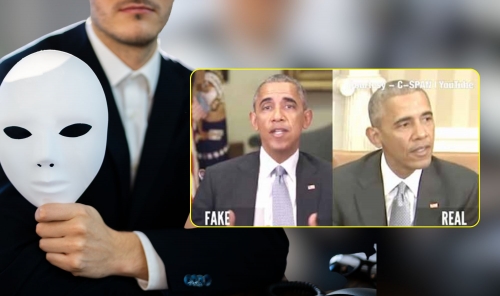Can You Spot a Deepfake?
TDT | Manama
Email : editor@newsofbahrain.com
AI fakes now fool experts
• Deepfakes trick real people
• Scammers target social trust
• AI tools aid detection
Amid growing global concern, several recent viral videos have stirred controversy over the use of deepfake technology to manipulate public perception. But how confident are you in spotting one?
Deepfakes, the AI-generated videos that alter a person’s face or voice to mimic someone else, are no longer limited to science fiction. Fraudsters are now using these digital disguises to impersonate family members, bank staff, and even senior company executives in elaborate scams. From romance cons to fake emergency fund transfers, the manipulations are often flawless to the untrained eye.
Psychology of deceit
“What makes deepfakes effective is not just the tech,” explains Rob Woods, director of fraud and identity at LexisNexis Risk Solutions, “but the psychological play.” He points out that a scammer posing as a bank official might even offer the victim the choice to double-check details, creating a false sense of safety. “That calming gesture,” Woods says, “often lures people into staying on the call, where the real manipulation begins.”
Harder to detect
With today’s tools, even lighting inconsistencies and lip-sync errors are expertly masked. Blurred edges around ears or sudden stutters might still give them away, but Woods cautions that companies can no longer rely on human judgment alone. He adds that companies must invest in AI-based identity verification to stay ahead of this evolving threat.
Younger generation at risk
Contrary to assumptions, it’s younger adults, aged 16 to 34, who fall prey to deepfake-enabled scams most frequently, according to Rob Woods, citing recent research from the UK that shows this demographic is particularly active on social media platforms where such scams often originate. As deepfakes get sharper, the line between real and fake continues to blur, making digital literacy and caution essential for all.
You Know What:
The first known deepfake political video emerged in 2018 and featured Barack Obama warning viewers about misinformation.
How to Spot a Deepfake
• Look for blurry edges
• Watch the mouth closely
• Check if lighting feels “off”
• Notice unnatural blinking
• Listen for robotic voice
• Look at ear, nose lines
• See if shadows shift strangely
• Ask: does this feel real?
• Confirm via another source
• When unsure, always pause
The Rise of Deepfakes
2017
Deepfake term coined on Reddit, used for face-swap videos with AI.
2018
Obama deepfake video warns about fake news, goes viral.
2019
DeepNude app causes global backlash for AI-generated nudes.
2020
Facebook bans deepfakes after manipulated political clips spread.
2021
Voice deepfake scam in UAE leads to $35 million fraud.
2022
Celebrity deepfakes flood TikTok, blurring humour and harm.
2023
Spike in scams in India and UK using deepfakes on social media.
2024
Live deepfake calls emerge, raising alarms in corporate sectors.
2025
Experts urge AI checks and public awareness as fakes grow undetectable.
Rob Woods, director of fraud and identity at LexisNexis Risk Solutions
Related Posts


